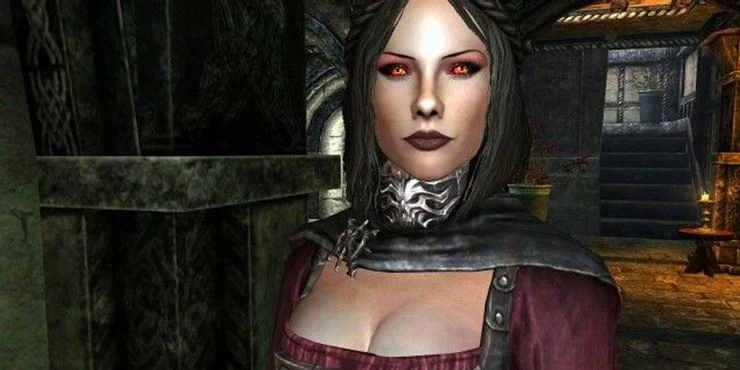Because each Elder Scrolls game has a unique type of vampire, players can anticipate The Elder Scrolls 6 to do the same. Vampirism in Bethesda’s fantasy world is a sickness that may be contracted, albeit the “medical” nomenclature for each ailment varies by locale.
There are advantages and drawbacks of each Elder Scrolls game’s take on the iconic monster The concept of becoming a vampire in Skyrim has been disputed by many. On one side, players may earn minor benefits as spellcasters, but they must also maintain feasting or consuming people’s blood. Some believe it brings an interesting element to Skyrim, making it a fun addition for seasoned gamers to check out. Even yet, the future Elder Scrolls game will likely modify this, and it will be intriguing to watch the vampires morph into anything other than monsters.
Vampires who lean on the path of good morals are more widespread now than ever. Vampires are a kind of wickedness, either lawful or uncontrolled, that feeds on people. Many games, movies, or shows tried to offer redemption to vampires, portraying them often on the side of good. Although movies like Twilight have a rep for being ludicrous and melodramatic, it’s not impossible that ”friendly” vampires like that may exist on Nirn, particularly if The Elder Scrolls 6 actually occurs after Skyrim. Indeed, Serana, although being millennia old and capable of being healed of her vampirism, was already ethically ambiguous in the Dawnguard DLC.
There are other methods for Bethesda to distinguish these creatures from previous versions than encountering a tribe of ethical vampires. Like vampirism, it’s curable so that if the player doesn’t like it, they aren’t trapped with it for the rest of their Skyrim experience. But this is rare in media. This suffering and hardship are typically described by Twilight as pathetic. But it’s a big deal in The Elder Scrolls. A group that isn’t motivated by their corrupt talents and loyalty to Molag Bal would be fascinating in The Elder Scrolls 6.











Leave a Reply